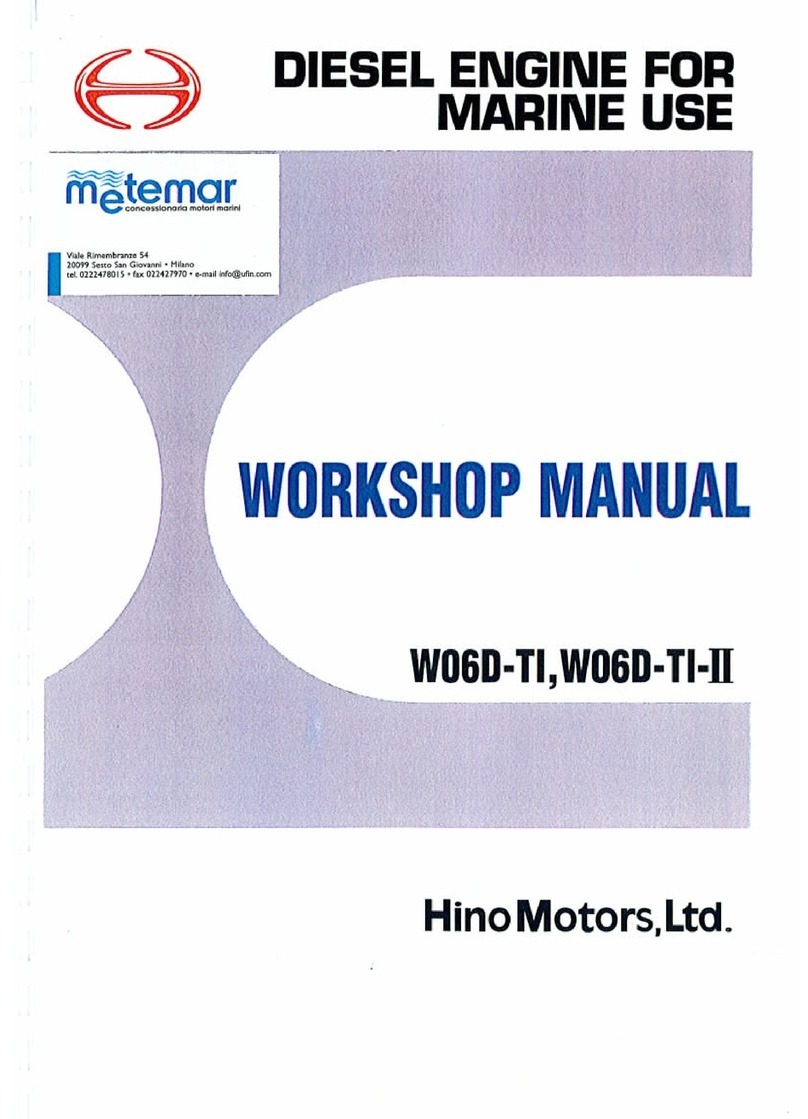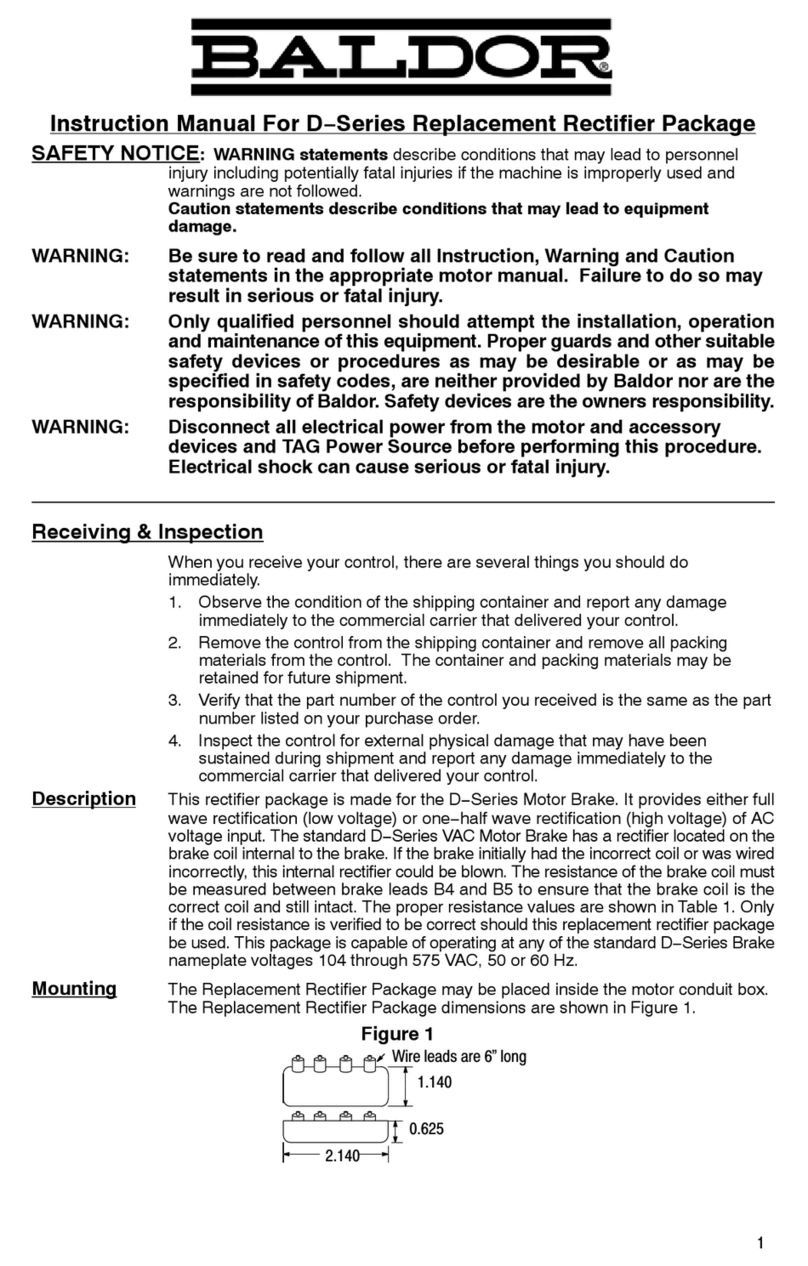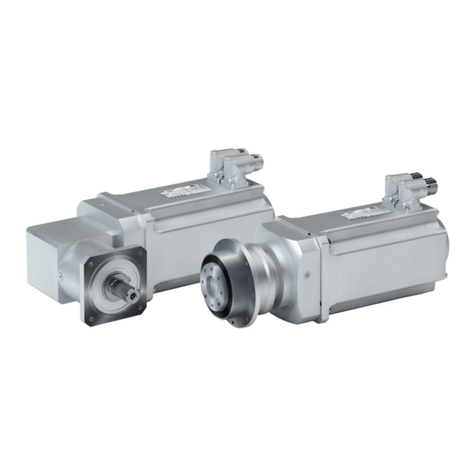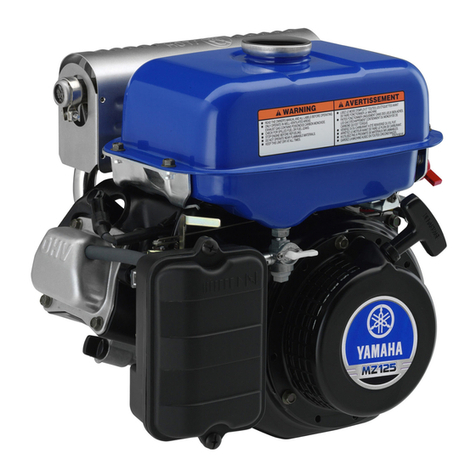Hino Motors J08E-VC Instruction manual

FOREWORD
This workshop manual has been prepared to provide information regarding repair procedures on Hino Trucks.
Applicable for J08E-VB, VC engine
When making any repairs on your vehicle, be careful not to be injured through improper procedures.
As for maintenance items, refer to the Driver’s / Owner’s Manual.
All information and specifications in this manual are based upon the latest product information available at the time of printing.
Hino Motors Sales U.S.A., Inc. reserves the right to make changes at any time without prior notice.
MENU

CHAPTER REFERENCES REGARDING THIS WORKSHOP MANUAL
Use this chart to the appropriate chapter numbers for servicing your particular truck.
CHAPTER
MANUAL NO. S5-UJ08E10A (U.S.A.), S5-CJ08E10A (CANADA)
MODEL J08E-VB, VC
GENERAL INTRODUCTION GN01-001
ENGINE INTRODUCTION EN01-001
ENGINE MECHANICAL EN02-001
AIR INTAKE SYSTEM EN03-001
EXHAUST SYSTEM EN04-001
LUBRICATING SYSTEM EN05-001
COOLING SYSTEM EN06-001
FUEL SYSTEM EN07-001
TURBOCHARGER EN08-001
EMISSION CONTROL EN10-001
ALTERNATOR EN11-001
STARTER EN12-001
AIR COMPRESSOR EN13-001
ENGINE CONTROL EN16-001

ENGINE INTRODUCTION
ENGINE MECHANICAL
AIR INTAKE SYSTEM
EXHAUST SYSTEM
LUBRICATING SYSTEM
COOLING SYSTEM
FUEL SYSTEM
TURBOCHARGER
FUEL INJECTION PUMP
ALTERNATOR
STARTER
AIR COMPRESSOR
INDEX: ENGINE GROUP 1/2
EMISSION CONTROL
WORKSHOP
MANUAL
ENGINE PTO
(POWER TAKE-OFF)
ENGINE RETARDER
ENGINE CONTROL
GENERAL INTRODUCTION

VEHICLE CONTROL
FUEL CONTROL
BRAKE CONTROL
SUSPENSION CONTROL
CAB EQUIPMENT CONTROL
OTHERS
INDEX: ENGINE GROUP 2/2

GENERAL INTRODUCTION (ENGINE) GN01–1
GN 0 1
GENERAL INTRODUCTION (ENGINE) GN01-001
GENERAL INTRODUCTION (ENGINE) ...GN01-2
GENERAL PRECAUTIONS.............................GN01-2
HOW TO USE THIS WORKSHOP MANUAL...GN01-5
IDENTIFICATION INFORMATION ...................GN01-7
PRECAUTIONS ...............................................GN01-8
SPECIFIED TORQUE
FOR STANDARD BOLTS AND NUTS ...........GN01-11
DISMOUNTING AND MOUNTING ................GN01-12
SYMPTOM SIMULATION ..............................GN01-15
GLOSSARY OF SAE AND HINO TERMS.....GN01-17

GENERAL INTRODUCTION (ENGINE)GN01–2
GENERAL INTRODUCTION (ENGINE)
GENERAL PRECAUTIONS
EN00106010100001
Some recommended and standard maintenance services for your engine are included in this section. When performing main-
tenance on your engine, be careful not to get injured by using improper work procedures. Improper or incomplete work can
cause a malfunction of the engine, which may result in personal injury and/or property damage. If you have any questions
about performing maintenance, please consult your Hino dealer.
DEFINITION OF SAFETY TERMS
WARNING
When working on your engine, observe the following general precautions to prevent death, personal injury and/or
property damage, in addition to the particular DANGERS, WARNINGS, CAUTIONS and NOTICE in each chapter.
•Always wear safety glasses or goggles to protect your eyes.
•Remove rings, watches, ties, loose hanging jewelry and loose clothing before starting work on the vehicle.
•Bind long hair securely behind the head.
•When working on the vehicle, apply the parking brake firmly, place the gear shift lever in "Neutral" or "N" and
block the wheels.
•Always stop the engine and turn off the starter switch, unless the operation requires the engine running.
Removing the key from the switch is recommended.
•To avoid serious burns, keep yourself away from hot metal parts such as the engine, exhaust manifold, radia-
tor, muffler, exhaust pipe and tail pipe.
•Do not smoke while working on the vehicle, since fuel and gas from battery are flammable.
•Take utmost care when working on the battery. It contains corrosive sulfuric acid.
•Large electric current flows through the battery cable and starter cable. Be careful not to cause a short, which
can result in personal injury and/or property damage.
•Read carefully and observe the instructions placed on the jack before using it.
•Use safety stands to support the vehicle whenever you need to work under it. It is dangerous to work under a
vehicle supported only by a jack.
•If it is necessary to run the engine after the hood is raised (tilted), make sure that the parking brake is firmly
applied, the wheels are blocked, and the gear shift lever is positioned in "Neutral" before staring the engine.
•Run the engine only in a well-ventilated area to avoid inhaling of carbon monoxide.
•Keep yourself, your clothing and your tools away from moving parts such as the cooling fan and V-belt when
the engine is running.
•Be careful not to damage lines and hoses by stepping or holding on them.
•Be careful not to leave any tool in the engine compartment. Tools may be hit by moving parts, which can cause
personal injury.
Indicates an extremely hazardous situation if proper procedures are not followed and could
result in death or serious injury.
Indicates a potential hazardous situation if proper procedures are not followed and could
result in death or serious injury.
Indicates a hazardous situation if proper procedures are not followed and could result in
serious injury or damage to parts/equipment.
Indicates the need to follow proper procedures and to pay attention to precautions so that
efficient service is provided.
Provides additional information to help you to perform the repair efficiently.

GENERAL INTRODUCTION (ENGINE) GN01–3
TOWING
•When being towed, always place the gear shift lever in "Neutral" and release the parking brake completely. In order to
protect the bumper, fit a protection bar against the lower edge of the bumper and put a wood block under the frame near
the No. 1 crossmember when attaching the towing chain. Never lift or tow the vehicle if the chain is in direct contact with
the bumper.
1. Towing procedures
(1) Make sure that the propeller shaft of the vehicle to be towed is removed. When the differential gear or rear axle shaft is
defective, remove both right and left rear axle shafts, then cover the hub opening to prevent loss of axle lubricant and
entry of dirt or foreign matter.
(2) Use a heavy duty cable or rope when towing the vehicle. Fasten the cable securely to the towing hook on the frame. The
hook should be used only if the towed vehicle is not loaded.
(3) The angle of pulling direction of the cable fastened to the towing hook must not exceed 15in horizontal and vertical
directions from the straight ahead, level direction. Avoid using the hook in a way that subjects it to jerk, as in towing a
vehicle trapped in a gutter.
(4) Keep the gear shift lever in "Neutral".
(5) Make sure that the starter switch is kept in the "ON" position.
(6) Make sure that the engine of the towed vehicle is kept running. If the engine is off, no compressed air/ no vacuum will be
available for the brake. This is dangerous, as the brake system does not function if the engine is not running.
In addition, the power steering system will not function. The steering wheel, therefore, will become unusually hard to turn,
making it impossible to control the vehicle.
(7) Note that the engine brake and exhaust brake cannot be applied, if the propeller shaft is removed.
(8) Make a slow start to minimize shock. Towing speed should be less than 30 km/h {18 mile/h}.
2. If the engine of the towed vehicle is defective, make sure that the vehicle is towed only by a tow truck designed
for that purpose.
(1) Front end towing (with front wheels raised off the ground)
When towing from the front end with the front wheels raised off the ground, remove the rear axle shafts to protect the
transmission and differential gears from being damaged. The hub openings should be covered to prevent the loss of axle
lubricant or the entry of dirt or foreign matter.
The above-mentioned precautions should be observed for vehicles equipped with either automatic or manual transmis-
sion, and for even short distance towing. After being towed, check and refill the rear axle housing with lubricant if neces-
sary.
(2) Rear end towing
When being towed with the rear wheels raised off the ground, fasten and secure the steering wheel in a straight ahead
position.

GENERAL INTRODUCTION (ENGINE)GN01–4
CLEAN AIR ACT
1. Heavy-duty engine rebuilding practices.
§ 86.004-40
•The provisions of this section are applicable to heavy-duty engines subject to model year 2004 or later standards and are
applicable to the process of engine rebuilding (or rebuilding a portion of an engine or engine system). The process of
engine rebuilding generally includes disassembly, replacement of multiple parts due to wear, and reassembly, and also
may include the removal of the engine from the vehicle and other acts associated with rebuilding an engine. Any deviation
from the provisions contained in this section is a prohibited act under section 203(a) (3) of the Clean Air Act (42 U.S.C.
7522(a) (3)).
(1) When rebuilding an engine, portions of an engine, or an engine system, there must be a reasonable technical basis for
knowing that the resultant engine is equivalent, from an emissions standpoint, to a certified configuration (i.e., tolerances,
calibrations, specifications) and the model year(s) of the resulting engine configuration must be identified. A reasonable
basis would exist if:
a. Parts installed, whether the parts are new, used, or rebuilt, are such that a person familiar with the design and func-
tion of motor vehicle engines would reasonably believe that the parts perform the same function with respect to emis-
sions control as the original parts; and
b. Any parameter adjustment or design element change is made only:
In accordance with the original engine manufacturer's instructions; or
Where data or other reasonable technical basis exists that such parameter adjustment or design element change,
when performed on the engine or similar engines, is not expected to adversely affect in-use emissions.
(2) When an engine is being rebuilt and remains installed or is reinstalled in the same vehicle, it must be rebuilt to a configu-
ration of the same or later model year as the original engine. When an engine is being replaced, the replacement engine
must be an engine of (or rebuilt to) a configuration of the same or later model year as the original engine.
(3) At time of rebuild, emissions-related codes or signals from on-board monitoring systems may not be erased or reset with-
out diagnosing and responding appropriately to the diagnostic codes, regardless of whether the systems are installed to
satisfy requirements in § 86.004-25 or for other reasons and regardless of form or interface. Diagnostic systems must be
free of all such codes when the rebuilt engine is returned to service. Such signals may not be rendered inoperative during
the rebuilding process.
(4) When conducting a rebuild without removing the engine from the vehicle, or during the installation of a rebuilt engine, all
critical emissions-related components listed in § 86.004-25(2) not otherwise addressed by paragraphs (1) through (3) of
this section must be checked and cleaned, adjusted, repaired, or replaced as necessary, following manufacturer recom-
mended practices.
(5) Records shall be kept by parties conducting activities included in paragraphs (1) through (4) of this section. The records
shall include at minimum the mileage and/or hours at time of rebuild, a listing of work performed on the engine and emis-
sions-related control components including a listing of parts and components used, engine parameter adjustments, emis-
sions-related codes or signals responded to and reset, and work performed under paragraph (4) of this section.
a. Parties may keep records in whatever format or system they choose as long as the records are understandable to an
EPA enforcement officer or can be otherwise provided to an EPA enforcement officer in an understandable format
when requested.
b. Parties are not required to keep records of information that is not reasonably available through normal business prac-
tices including information on activities not conducted by themselves or information that they cannot reasonably
access.
c. Parties may keep records of their rebuilding practices for an engine family rather than on each individual engine
rebuilt in cases where those rebuild practices are followed routinely.
d. Records must be kept for a minimum of two years after the engine is rebuilt.
2. Maintenance instructions.
§ 86.010-38
(1) For each new diesel-fueled engine subject to the standards prescribed in § 86.007-11, as applicable, the manufacturer
shall furnish or cause to be furnished to the ultimate purchaser a statement that
“This engine must be operated only with ultra low-sulfur diesel fuel (meeting EPA specifications for highway die-
sel fuel, including a 15 ppm sulfur cap).”

GENERAL INTRODUCTION (ENGINE) GN01–5
HOW TO USE THIS WORKSHOP MANUAL
EN00106010200001
This workshop manual is designed as a guide for servicing the vehicles.
An INDEX is provided on the first page of each chapter.
TROUBLESHOOTING is dealt with in each chapter.
When beginning operations, refer to the TROUBLESHOOTING section for
a guide to appropriate diagnoses.
SPECIAL TOOLS are dealt with in each chapter.
When ordering a special tool, confirm the part number with the applicable
parts catalog.
•REPAIR PROCEDURES
Repair procedures when self-explanatory, such as simple installation
and removal of parts, have been omitted. Illustrations, such as the
one below, have been provided to make such simple procedures
clear. Only essential procedures requiring specific directions have
been dealt with explicitly.
SHTS001060100006

GENERAL INTRODUCTION (ENGINE)GN01–6
TIMING GEAR AND CAMSHAFT
EXAMPLE:
Tightening torque Unit: Nm {kgfcm, lbfft}
#=Apply oil to the threads and seat surfaces before tightening.
In some cases, illustrations may be of parts which differ in some nonessential way from the parts found on your particular vehi-
cle. In such cases, the principle or procedure being illustrated applies regardless of such nonessential differences.
•DEFINITION OF TERMS
This engine rotates counterclockwise viewed from the flywheel side.
3
4
1
2
5
6
7
5
8
5
11
10
A
14
5
14
13
13
13
B
14
A
14
A
12
9
C
D
SHTS001060100007
1 Gasket 8 Main idle gear
2 Rear end plate 9 Crankshaft gear
3 Camshaft gear 10 Power steering pump drive gear
4 Cam idle gear 11 Air compressor drive gear
5 Idle gear thrust plate 12 Air compressor idle gear
6 Sub-idle gear 13 Idle drive bushing
7 Oil pump gear 14 Idle gear shaft
A 108 {1,100, 80}# C 55 {560, 41} Application of lock sealant
B 172 {1,750, 127}# D 59 {600, 43}+90#

GENERAL INTRODUCTION (ENGINE) GN01–7
IDENTIFICATION INFORMATION
EN00106010200002
•ENGINE SERIAL NUMBERS.
Please quote these numbers when ordering spare parts or reporting
technical matter to receive prompt service attention.
The engine serial number is engraved on the engine cylinder block.
SHTS001060100008

GENERAL INTRODUCTION (ENGINE)GN01–8
PRECAUTIONS
EN0010601C100001
PRECAUTIONS FOR ELECTRICAL SYSTEM
1. REMOVING THE BATTERY CABLE
! WARNING
•Be sure to wait for at least ten minutes after the starter key is
turned to "LOCK" position before you disconnect the battery ter-
minals from the battery, as the vehicle data is recorded on ECU
and DCU starts working for the exhaust gas after treatment after
the starter key is turned to "LOCK" position. Otherwise, the vehi-
cle data will not be recorded on ECU properly and DCU will not
complete working properly, which may result in the malfunction
of DPR system and DEF-SCR system.
•The MIL (malfunction indicator light) may come on when the
starter key is turned to "ON" position again, even if you wait for
at least ten minutes before disconnecting the battery terminals
from the battery after the starter key is turned to "LOCK" posi-
tion. In this case, use Hino-DX to clear the DTC (P204F and
P068A), to turn off the MIL and to conduct DPR regeneration
manually.
(1) Before electrical system work, remove the cable from the minus termi-
nal of the battery in order to avoid burning caused by short-circuiting.
(2) To remove the battery cable, fully release the nut to avoid damage to
the battery terminal. Never twist the terminal.
2. HANDLING OF ELECTRONIC PARTS
(1) Never give an impact to electronic parts of a computer or relay.
(2) Keep electronic parts away from high temperatures and humidity.
(3) Never splash water onto electronic parts in washing the vehicle.
(4) Do not remove the harness connector, electric component box, and
cover except for repair and inspection.
If removal is necessary, pay attention that water and foreign matters
do not attach or enter to the connector, terminals, electric component
box, and cover.
In restoration, make sure there is no attachment or entry of water and
foreign matters and mount them properly, because it causes degrada-
tion of waterproof function.
3. HANDLING OF WIRE HARNESS
(1) Perform marking on a clamp and a clip and secure then in original
position so that the wire harness will not interfere with the end and
acute angle section of the body and a bolt.
(2) To attach a part, take care not to bite the wire harness.
Loosen
saph00z000200008
Incorrect
saph00z000200009
Incorrect
Incorrect
Incorrect
saph00z000200010

GENERAL INTRODUCTION (ENGINE) GN01–9
4. HANDLING OF CONNECTOR
(1) To remove a connector, hold the connector (indicated by an arrow in
the figure) to pull it out. Never pull the harness.
(2) To remove a connector with lock, release the lock then pull it out.
(3) To connect a connector with lock, insert it until it clicks.
(4) To insert a test lead into the connector, insert it from behind the con-
nector.
(5) In case it is difficult to insert a test lead from behind the connector,
prepare a harness for inspection and perform inspection.
5. INSTALLATION OF BATTERY DISCONNECT SWITCH
! WARNING
•Installation of the battery disconnect switch on the power supply
circuit for the dosing control unit of DEF-SCR (DCU) may dam-
age or result in the malfunction of DEF-SCR system.
•Be sure to read and follow the procedures and instructions on
the service bulletin before the installation of the battery discon-
nect switch.
6. HANDLING OF BATTERY DISCONNECT SWITCH
! WARNING
•Wait for at least one minute before using the battery disconnect
switch after the starter key is turned to "LOCK" position.
Otherwise, the vehicle data will not be recorded on ECU properly,
which may result in the malfunction of DPR system.
Incorrect
Incorrect
Correct
saph00z000200011

GENERAL INTRODUCTION (ENGINE)GN01–10
PRECAUTIONS FOR ELECTRIC WELDING
1. PRECAUTION FOR ELECTRIC WELDING
Electrical components such as the alternator and tachograph are
directly connected to the battery and one end is earthed to the
chassis frame. Under these conditions, welding current will flow
back along the earth circuit if electric welding is carried out and
damage may be caused to the alternator, tachograph, electrical
components, etc. Consequently, the following precautions are
always to be taken during welding.
(1) Disconnect the earth terminal of the battery at the frame fitment and
earth the welding equipment securely to the frame itself. (Do not fit the
welding equipment earth to such things as the tire rims, brake pipes
or fuel pipes and leaf spring, etc.)
a. Turn the starter switch off.
b. Disconnect the battery’s negative terminal of the battery.
c. Earth welding equipment securely, near to the area to be welded.
d. Put back battery negative ground as original condition.
e. Finally check the functioning of all instruments.
(2) In order to prevent damage to ancillary equipment components from
sparks during welding, take steps such as putting fire-resistant covers
over things like the engine, meters, steering wheel, hoses, tubes, leaf
spring and tires.
Computer
Battery
Chassis frame Chassis frame
Disconnect the ground terminal for
battery at the connecting point on the
frame and disconnect the ground for
computer as well.
Connect the ground of the ARC welding
machine near the place on the frame to be
welded but not connect it to plated parts such
as fuel pipes, brake pipes and leaf spring.
Alternator
etc.
ARC welding
machine
saph00z000200012

GENERAL INTRODUCTION (ENGINE) GN01–11
SPECIFIED TORQUE FOR STANDARD
BOLTS AND NUTS
EN00106013200001
1. FLANGE BOLT Unit: Nm {kgfcm, lbfft}
2. BOLT WITH WASHER Unit: Nm {kgfcm, lbfft}
Class 7T 9T
Representation
Diameter x Pitch
M8 x 1.25 28.5 {290, 21.0} 36 {370, 26.8}
M10 x 1.25 60 {610, 44.1} 74.5 {760, 55.0}
M10 x 1.5 55 {560, 40.5} 68.5 {700, 50.6}
M12 x 1.25 108 {1,100, 79.6} 136 {1,390, 100.5}
M12 x 1.75 97 {990, 71.6} 125 {1,280, 92.6}
M14 x 1.5 171.5 {1,750, 126.6} 216 {2,210, 159.8}
M14 x 2 154 {1,570, 113.6} 199 {2,030, 146.8}
7
q
Class 4T 7T 9T
Representation
Diameter x Pitch
M6 x 1 6 {60, 4.3} 10 {100, 7.2} 13 {130, 9.4}
M8 x 1.25 14 {140, 10.1} 25 {250, 18.1} 31 {320, 23.1}
M10 x 1.25 29 {300, 21.7} 51 {520, 37.6} 64 {650, 47.0}
M10 x 1.5 26 {270, 19.5} 47 {480, 34.7} 59 {600, 43.4}
M12 x 1.25 54 {550, 39.8} 93 {950, 68.7} 118 {1,200, 86.8}
M12 x 1.75 49 {500, 36.2} 83 {850, 61.5} 108 {1,100, 79.6}
M14 x 1.5 83 {850, 61.5} 147 {1,500, 108.5} 186 {1,900, 137.4}
M14 x 2 74 {750, 54.2} 132 {1,350, 97.6} 172 {1,750, 126.6}
No Mark
7
q

GENERAL INTRODUCTION (ENGINE)GN01–12
DISMOUNTING AND MOUNTING
EN00106013200002
PROCEDURE FOR INSTALLING JOINTS AND GAS-
KETS OF ENGINE PIPING
1. Gasket seal type (aluminum + rubber, asbestos or copper).
Tightening torque chart
Location of gasket seal
Clamping screw size (Diameter) mm {in.} Tightening torque Nm {kgfcm, lbfft}
8 {0.315} 13 {130, 9}
10 {0.394} 20 {200, 14}
12 {0.472} 25 {250, 18}
14 {0.551} 25 {250, 18}
16 {0.630} 29 {300, 22}
18 {0.709} 39 {400, 29}
20 {0.787} *39 {400, 29}
24 {0.945} 69 {700, 51}
28 {1.102} 127 {1,300, 94}

GENERAL INTRODUCTION (ENGINE) GN01–13
2. Metal seal type (Flare connector type).
Tightening torque chart
Location of metal seal
Clamping screw size (Diameter) mm {in.} Tightening torque Nm {kgfcm, lbfft}
12 {0.472} 20 {200, 14}
14 {0.551} 31 {320, 23}
16 {0.630} 39 {400, 29}
18 {0.709} 59 {600, 43}
20 {0.787} 64 {650, 47}

GENERAL INTRODUCTION (ENGINE)GN01–14
3. Metal seal type (Nipple connector type).
Tightening torque chart
NOTICE
•Before installing the joints, ensure that there is no dirt or burrs
adhering to the various seat faces (pipe joints, gasket, etc.)
•Because the pipes can move relatively freely during installation
and the seat faces are liable to tilt, first temporarily tighten the
pipes, then tighten them to the specified torque and ensure that
there is no leakage from them.
•When tightening two pipes together, be very careful that they do
not rotate together.
•After installing the pipes, apply the correct pressure to each pipe
joint and ensure that there is no leakage.
•Ensure that the various tightening torques conform to the above
table.
*If a soft washer #4840 FR–N (aluminum + rubber and carbon press fit
part) is loosened or removed subsequent to being installed, be sure
and replace it with a new one.
There is no need to replace it, however, for normal retightening.
Location of metal seal
Clamping screw size (Diameter) mm {in.} Tightening torque Nm {kgfcm, lbfft}
10 {0.394} 11 {110, 8}
24 {0.945} 20 {200, 14}

GENERAL INTRODUCTION (ENGINE) GN01–15
SYMPTOM SIMULATION
EN00106013200003
HINT
The most difficult case in troubleshooting is when no problem symp-
toms occur. In such a case, a thorough problem analysis must be car-
ried out. A simulation of the same or similar conditions and
environment in which the problem occurred in the customer's vehicle
should be carried out. No matter how much skill or experience a tech-
nician has, troubleshooting without confirming the problem symp-
toms will lead to important repairs being overlooked and mistakes or
delays.
For example:
With a problem that only occurs when the engine is cold or as a result
of vibration caused by the road during driving, the problem can never
be determined if the symptoms are being checked on a stationary
vehicle or a vehicle with a warmed-up engine. Vibration, heat or water
penetration (moisture) is difficult to reproduce. The symptom simula-
tion tests below are effective substitutes for the conditions and can
be applied on a stationary vehicle. Important points in the symptom
simulation test: In the symptom simulation test, the problem symp-
toms as well as the problem area or parts must be confirmed. First,
narrow down the possible problem circuits according to the symp-
toms. Then, connect the tester and carry out the symptom simulation
test, judging whether the circuit being tested is defective or normal.
Also, confirm the problem symptoms at the same time. Refer to the
problem symptoms table for each system to narrow down the possi-
ble causes.
1. VIBRATION METHOD: When malfunction seems to occur as a
result of vibration.
(1) PART AND SENSOR
Apply slight vibration with a finger to the part of the sensor suspected
to be the cause of the problem, and check whether or not the malfunc-
tion occurs.
NOTICE
Applying strong vibration to relays may open relays
(2) CONNECTORS
Slightly shake the connector vertically and horizontally.
(3) WIRE HARNESS
Slightly shake the wire harness vertically and horizontally.
HINT
The connector joint and fulcrum of the vibration are the major areas
that should be checked thoroughly.
2. HEAT METHOD: When a malfunction seems to occur when the
area in question is heated.
(1) Heat the component that is the possible cause of the malfunction with
a hair dryer or similar device. Check if the malfunction occurs.
NOTICE
•Do not heat to more than 60C (140F). Exceeding this tempera-
ture may damage components.
•Do not apply heat directly to the parts in the ECU.
Vibrate slightly
Vibrate
slightly
Shake slightly
SHTS001060100027

GENERAL INTRODUCTION (ENGINE)GN01–16
3. WATER SPRINKLING METHOD: When a malfunction seems to
occur on a rainy day or in high-humidity.
(1) Sprinkle water onto the vehicle and check if the malfunction occurs.
NOTICE
•Never sprinkle water directly into the engine compartment. Indi-
rectly change the temperature and humidity by spraying water
onto the front of the radiator.
•Never apply water directly onto the electronic components.
HINT
If the vehicle has or had a water leakage problem, the leakage may
have damaged the ECU or connections. Look for evidence of corro-
sion or short circuits. Proceed with caution during water tests.
4. HIGH ELECTRICAL LOAD METHOD: When a malfunction seems
to occur when electrical load is excessive.
(1) Turn on the heater blower, headlight, rear window defogger and all
other electrical loads. Check if the malfunction reoccurs.
SHTS001060100028
Table of contents
Other Hino Motors Engine manuals
Popular Engine manuals by other brands
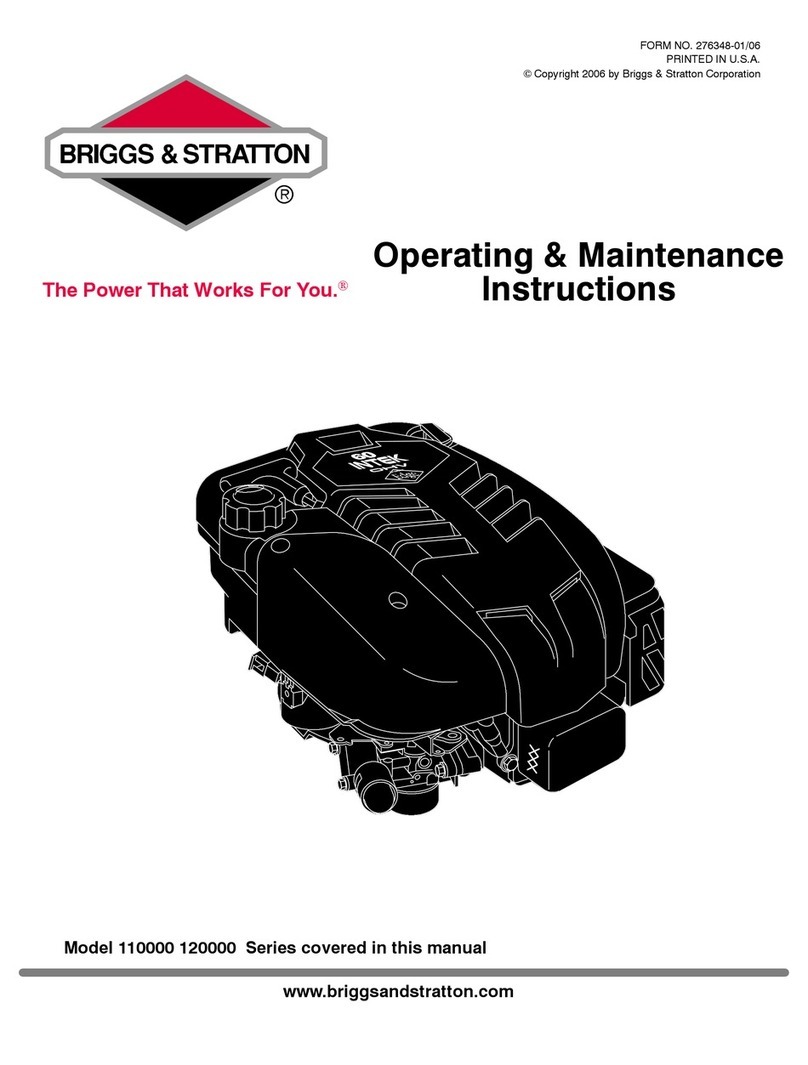
Briggs & Stratton
Briggs & Stratton PROFESSIONAL SERIES 110000 Operating & maintenance instructions

Asmo Marine
Asmo Marine Thoosa installation manual
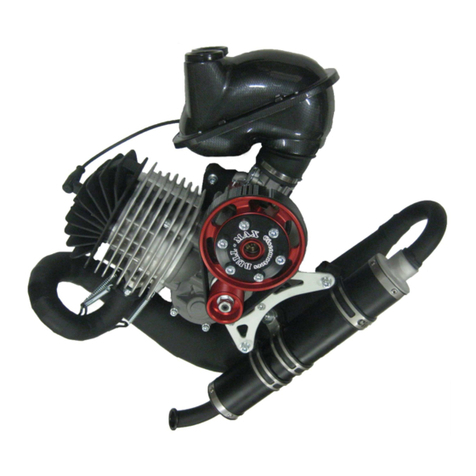
Ciscomotors
Ciscomotors BullMax 250 Simplified maintenance manual

Perkins
Perkins M65 User handbook

BMW
BMW N62 Series Service training

Mercedes-Benz
Mercedes-Benz M 447 hLAG Service manual
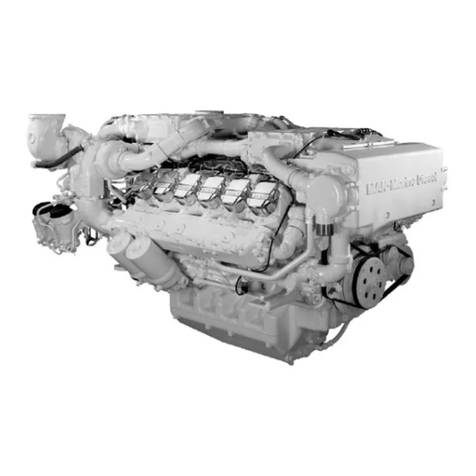
Man
Man D 2840 LE 403 operating instructions
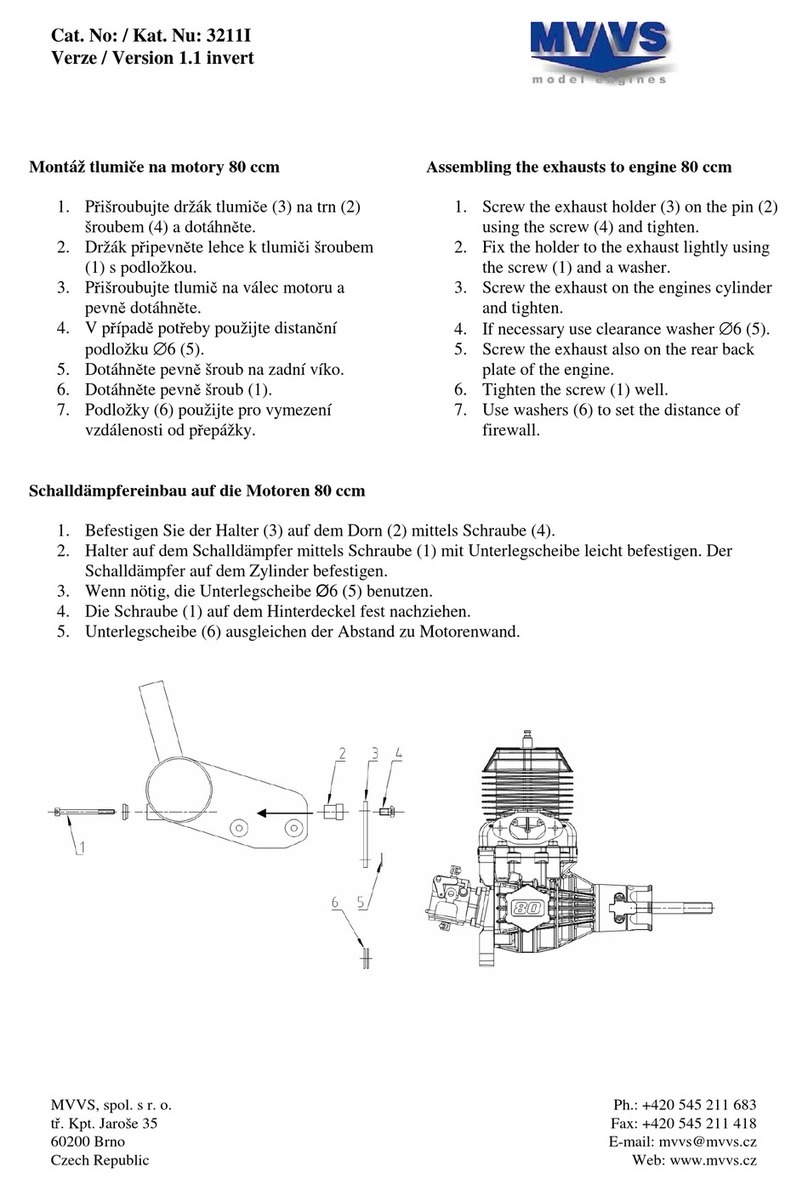
MVVS
MVVS 80 - V1.1 ASSEMBLY EXHAUSTS 3211I manual
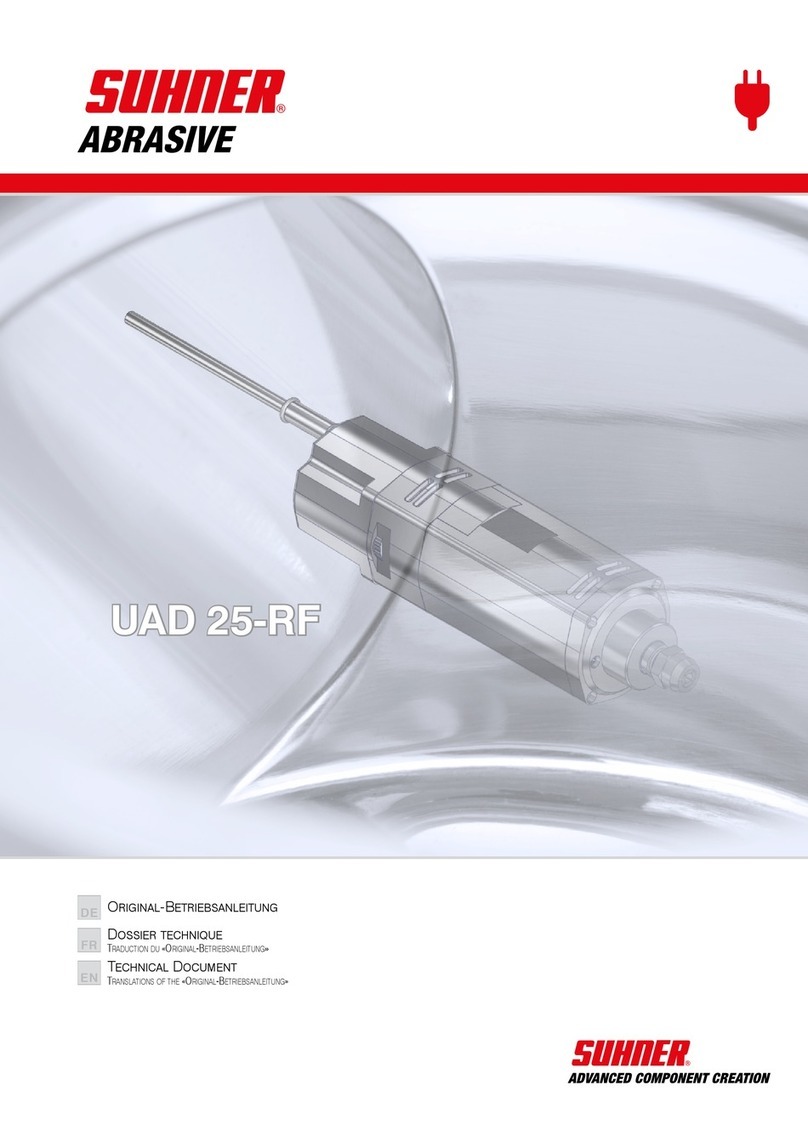
SUHNER ABRASIVE
SUHNER ABRASIVE UAD 25-RF Technical document

ABB
ABB M2A series Installation, operation & maintenance instructions
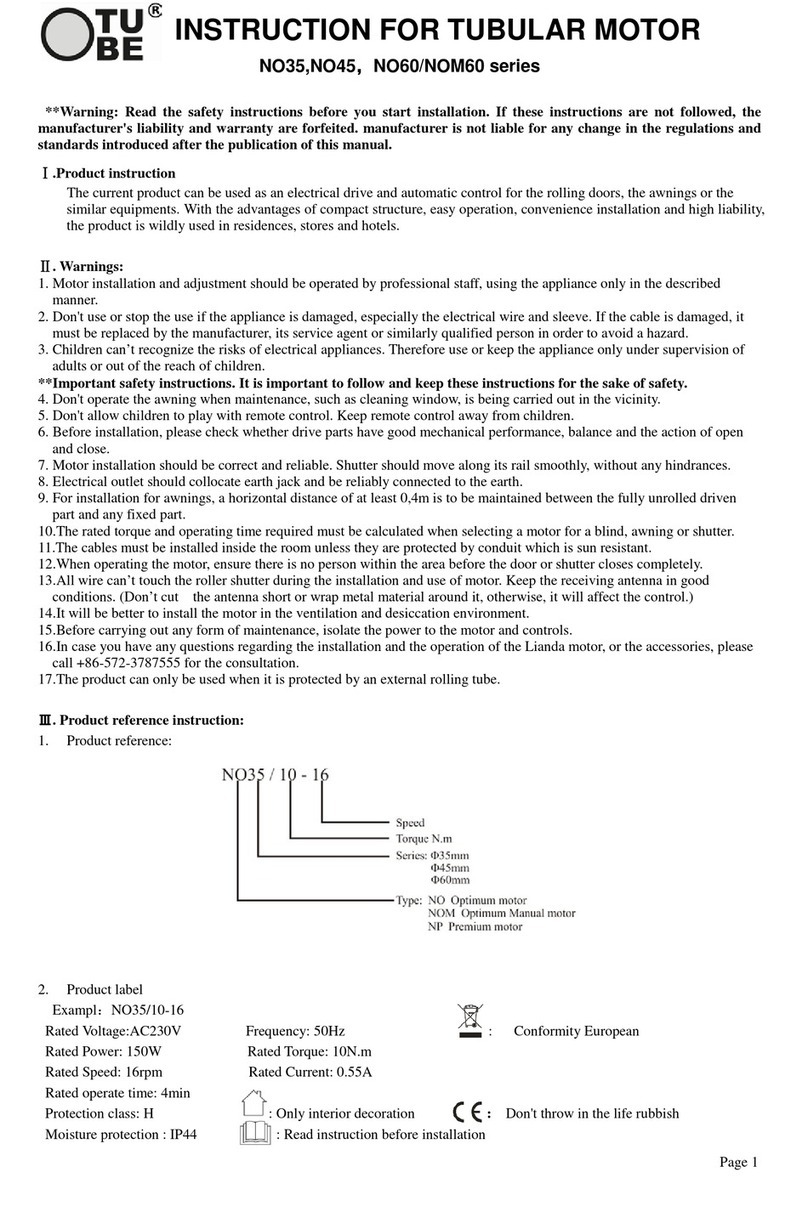
TUBE
TUBE NO60 Series Instruction
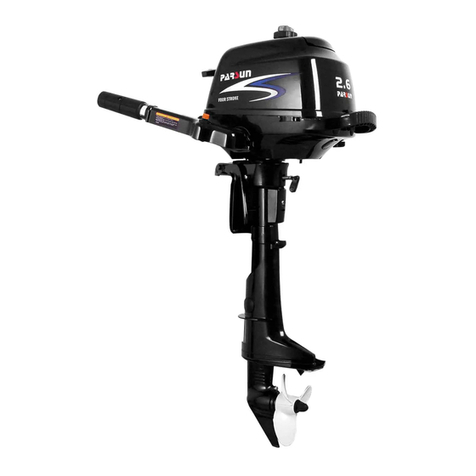
SUZHOU PARSUN POWER MACHINE
SUZHOU PARSUN POWER MACHINE F2.6BM Service manual

